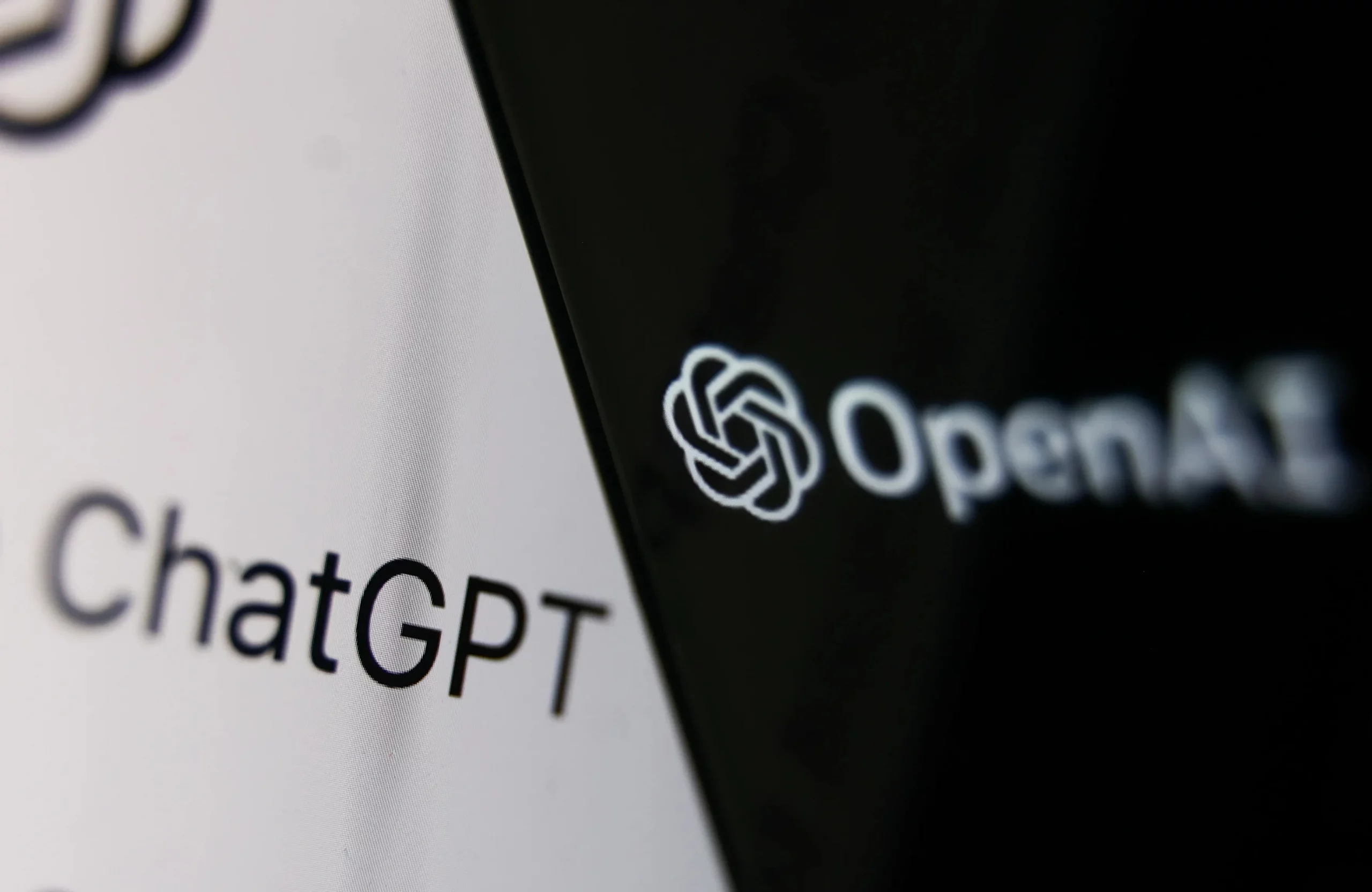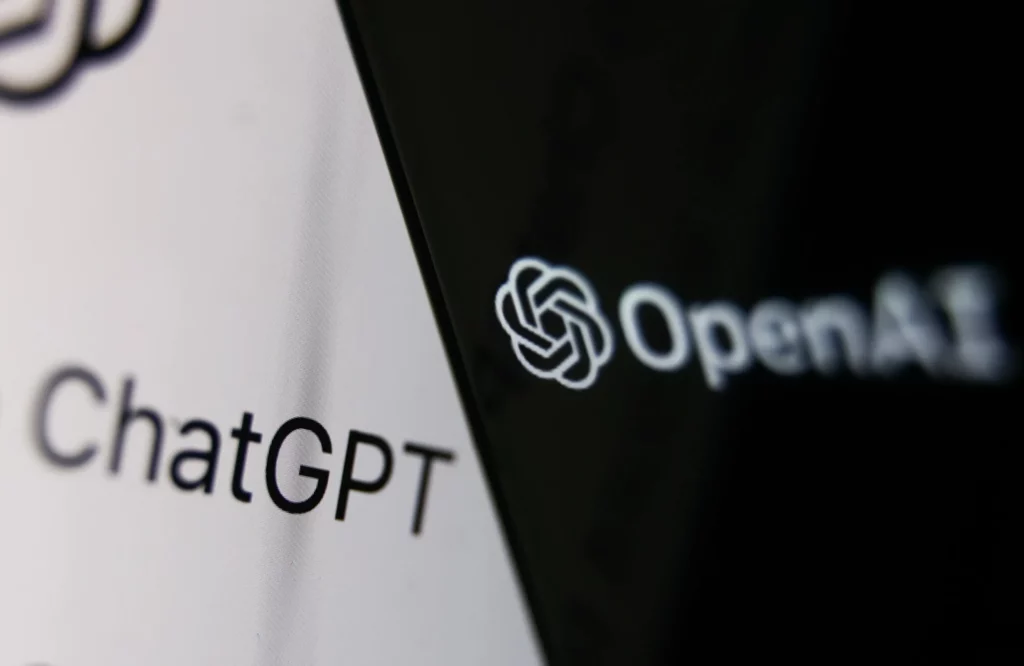By Lindsay Cox
Augmented Intelligence (AI) and Machine Learning (ML) were already the technologies on everyone’s radar when the year started, and the release of Foundation Models like ChatGPT only increased the excitement about the ways that data technology can change our lives and our businesses. We are excited about these five industries that are winning at artificial intelligence.
As an organization, data and AI projects are right in our sweet spot. ChatGPT is very much in the news right now (and is a super cool tool – you can check it out here if you haven’t already).
I also enjoyed watching Watson play Jeopardy as a former IBMer 😊
There are a few real-world examples of how five organizations are winning at AI. We have included those use cases along with examples where our clients have been leading the way on AI-related projects.
You can find more case studies about digital transformation, data, and software application development in our Case Studies section of the website.
Consumer brands: Visualizing made easy
Brands are helping customers to visualize the outcome of their products or services using computer vision and AI. Consumers can virtually try on a new pair of glasses, a new haircut, or a fresh outfit, for example. AI can also be used to visualize a remodeled bathroom or backyard.
We helped a teledentistry, web-first brand develop a solution using computer vision to show a customer how their smile would look after potential treatment. We paired the computer vision solution with a mobile web application so customers could “see their new selfie.”
Consumer questions can be resolved faster and more accurately
Customer service can make or break customer loyalty, which is why chatbots and virtual assistants are being deployed at scale to reduce average handle time average speed-of-answer, and increase first-call resolutions.
We worked with a regional healthcare system to design and develop a “digital front door” to improve patient and provider experiences. The solution includes an interactive web search and chatbot functionality. By getting answers to patients and providers more quickly, the healthcare system is able to increase satisfaction and improve patient care and outcomes.
Finance: Preventing fraud
There’s a big opportunity for financial services organizations to use AI and deep learning solutions to recognize doubtful transactions and thwart credit card fraud which help reduce cost. Also known as anomaly detection, banks generate huge volumes of data which can be used to train machine learning models to flag fraudulent transactions.
Agriculture: Supporting ESG goals by operating more sustainably

Data technologies like computer vision can help organizations see things that humans miss. This can help with the climate crisis because it can include water waste, energy waste, and misdirected landfill waste.
The agritech industry is already harnessing data and AI since our food producers and farmers are under extreme pressure to produce more crops with less water. For example, John Deere created a robot called “See and Spray” that uses computer vision technology to monitor and spray weedicide on cotton plants in precise amounts.
We worked with PrecisionHawk to use computer vision combined with drone-based photography to analyze crops and fields to give growers precise information to better manage crops. The data produced through the computer vision project helped farmers to understand their needs and define strategies faster, which is critical in agriculture. (link to case study)
Healthcare: Identify and prevent disease
AI has an important role to play in healthcare, with uses ranging from patient call support to the diagnosis and treatment of patients.
For example, healthcare companies are creating clinical decision support systems that warn a physician in advance when a patient is at risk of having a heart attack or stroke adding critical time to their response window.
AI-supported e-learning is also helping to design learning pathways, personalized tutoring sessions, content analytics, targeted marketing, automatic grading, etc. AI has a role to play in addressing the critical healthcare training need in the wake of a healthcare worker shortage.
Artificial intelligence and machine learning are emerging as the most game-changing technologies at play right now. These are a few examples that highlight the broad use and benefits of data technologies across industries. The actual list of use cases and examples is infinite and expanding.
Kopius supports businesses seeking to govern and utilize AI and ML to build for the future. We’ve designed a program to JumpStart your customer, technology, and data success.
JumpStart Your Success Today
Tailored to your needs, our user-centric approach, tech smarts, and collaboration with your stakeholders, equip teams with the skills and mindset needed to:
- Identify unmet customer, employee, or business needs
- Align on priorities
- Plan & define data strategy, quality, and governance for AI and ML
- Rapidly prototype data & AI solutions
- And, fast-forward success
Partner with Kopius and JumpStart your future success.
Additional resources:
- ChatGPT and Foundation Models: The Future of AI-Assisted Workplace
- What Separates ChatGPT and Foundation Models from Regular AI Models
- Data Trends: Six Ways Data Will Change in Business in 2023 and Beyond
- Types of Machine Learning









